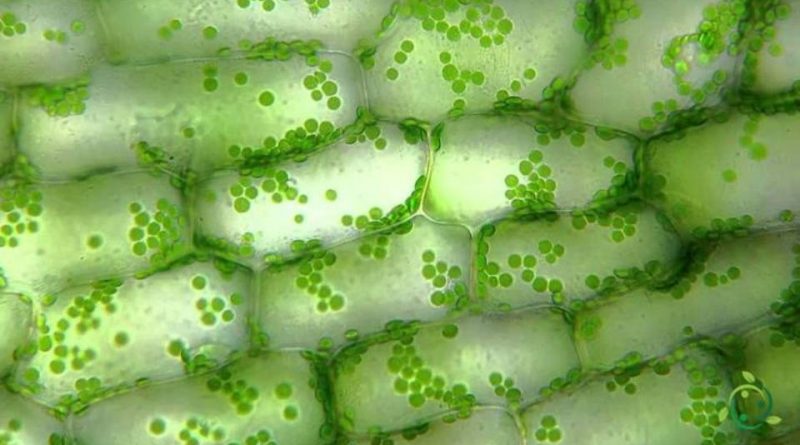Parenchyma
Parenchyma
With the term parenchyma, in botany, we mean the plant tissue formed by cells that perform vital functions. Furthermore, the parenchyma cells can contain salts of organic acids (calcium oxalate), tannins, etc. in the vacuole.
The term parenchyma comes from the Greek παρά, parà, “beyond”, ἔγχυμα, ènchuma, “abundance of humor”.
In plant organisms the term parenchyma, or parenchymatic tissue, indicates a series of filling tissues, very active from the metabolic point of view, with large intercellular spaces.
Parenchymatic tissues are always made up of living cells with permeable walls and cytoplasm organized in different ways in relation to the functions that the cells perform: in many cases (e.g. in the fundamental, chlorophyll, water reserve parenchyma) there is a vacuole central which presses the cytoplasm and the nucleus against the cell wall, in other cases, especially in some parenchyma with reserve function, the accumulated substances are so abundant that they completely fill the cell; in this case the vacuole is almost completely absent.
Depending on the role that the main types of parenchyma play, the following are distinguished:
1. Fundamental parenchyma: consists of cells with a polyhedral shape and thin wall. The cell volume is occupied for the most part by a large vacuole and the cytoplasm is reduced to a thin layer against the cell wall. It is found in different parts of the plant, eg. in the primary cortex of the stem and roots.
2. Reserve parenchyma: it can accumulate different types of substances in the cytoplasm: sugars and proteins in vacuoles, starch in plastids, oils, etc. Rarely, reserve substances are deposited outside the plasma membrane: this is the case of hemicelluloses in the endosperm of some seeds (e.g. date palm and coffee) which form a layer inside the cell wall.
3. Photosynthetic parenchyma (chlorenchyma): consists of cells rich in chloroplasts, organelles containing different types of pigments, including chlorophyll, which is very important and is green in color. In them photosynthesis takes place, a process in which light provides the energy necessary to transform the molecules of carbon dioxide into sugars. The photosynthetic parenchyma is found in all the green parts of the plant but is particularly specialized in the leaf.
4. Aeriferous parenchyma (aerenchyma): it is widespread in roots and aquatic plants, between the cells there are large intercellular spaces that allow the circulation of gases.

